“So how does this work?” I get this question a lot. If you want to book a recording studio session — at Orchard Recording Studio or anywhere else — here’s what you can expect.
The first thing to know is, there are no rules. Every project is different. So the best studios are flexible, listen to what you want to accomplish, and plan the recording session that’s right for your project.
A real world example
Say you’re in a band with drums, bass, guitars and a lead vocalist. The first thing you’ll do is set up all your gear so everyone can see each other and play comfortably.
Then, the engineer will work with each musician individually to make sure their instrument sounds good when recorded. They’ll pick microphones and signal processors that best fit each sound. They’ll also make sure there’s no hum or unwanted noise in the signal chain.
I usually like to start with the drums. There can be so many different sound sources — drums, cymbals, percussion and more. Each source can require a different kind of microphone and signal chain.
In fact, each genre can require a different approach, too. A mic setup for rock drums is completely different from a jazz setup, and so on.
Mic check one-two
The vocalist will get a microphone to record a “scratch track,” which is basically a guide for the rest of the band, so they know where they are in the song. (The “real” lead vocal tracks will get recorded later, once the basic instrumental tracks for each song are complete.)
Can you hear me now?
Once everyone’s sound is “dialed in,” we set up headphones. Everyone gets their own set of headphones that can be adjusted according to their own tastes and needs. Want “more me?” Just ask.
On your mark, get set…
Now that all the mics are set and everyone’s headphones sound good, it’s time to record the first song.
When choosing which song to record first, here’s a good rule of thumb: medium, hard, easy. Start with a song of medium difficulty. Think of it as your warmup song. Then, once you’re warmed up, it’s time to tackle the more difficult material. Later in the day, after you’ve been playing for a few hours and start getting tired, cool down with the easy stuff.
Pro tip: Don’t forget to eat
Nothing will doom a recording session like low blood sugar. Take breaks, bring snacks and drink water. You may be good at partying like a rock star. But working like one is a different story. Especially if you book a lockout — a block of multiple days in a row.
Fade to black
At the end of the recording day you can get “board mixes,” which are mp3s of the songs so you can listen at home and make decisions about the following days’ work. (They will be very rough, unmixed and for reference only. Don’t worry if they don’t sound polished, that will happen later.)
For those (not) about to rock
But what if you’re not in a band? Or you’re in an acoustic guitar duo or recording an audiobook? Your recording day will be different, but that’s the fun part. Communicate with your engineer and they will tailor the day to meet your needs. But one thing should always be the same — bring snacks and water!
Got questions about how to record your project? Get in touch at info@orchardrecordingstudio.com.

